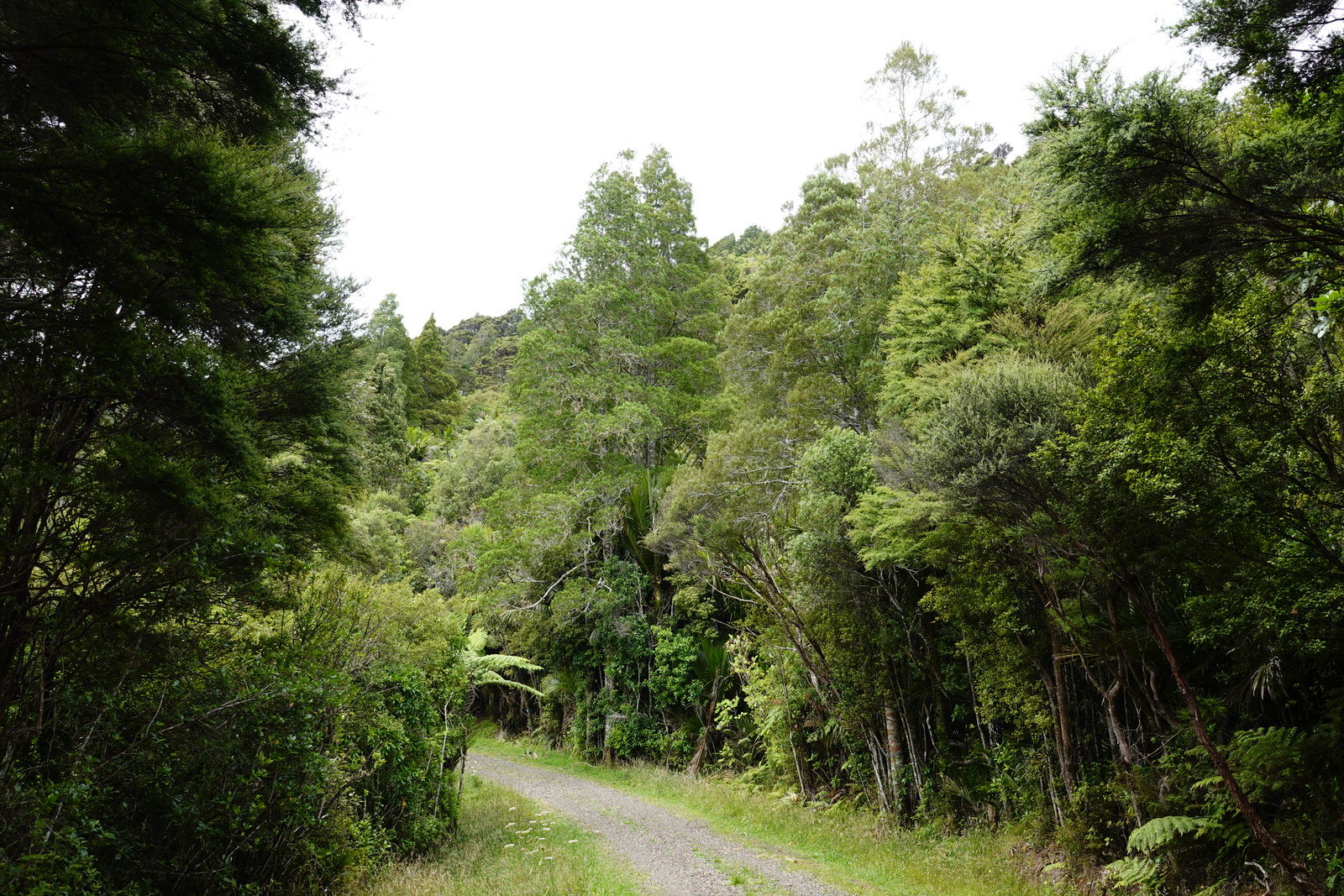Media release
From:
"There is currently considerable interest and motivation to consider the role that native tree species might play in future revegetation efforts across New Zealand agricultural landscapes. Many questions remain about where natives can most usefully be reintegrated into farms and farming catchments, which species should be used, and how this could be best facilitated. We suggest that a spatial planning framework is key to developing strategies for addressing these questions. Our approach highlights the availability of existing spatial datasets and scientific information that could be used to facilitate collective discussions about where to target native revegetation at different scales (e.g., national, landscape and farm scales) such that multiple benefits (carbon sequestration, biodiversity enhancement, water quality and erosion mitigation, etc.) can be achieved. Therefore, this approach purposely tries to move away from ‘siloed’ policy and planning thinking (e.g., carbon versus biodiversity) by considering multiple, aligned outcomes that are relevant to improving Aotearoa’s degraded lowland ecosystems."



 New Zealand
New Zealand


